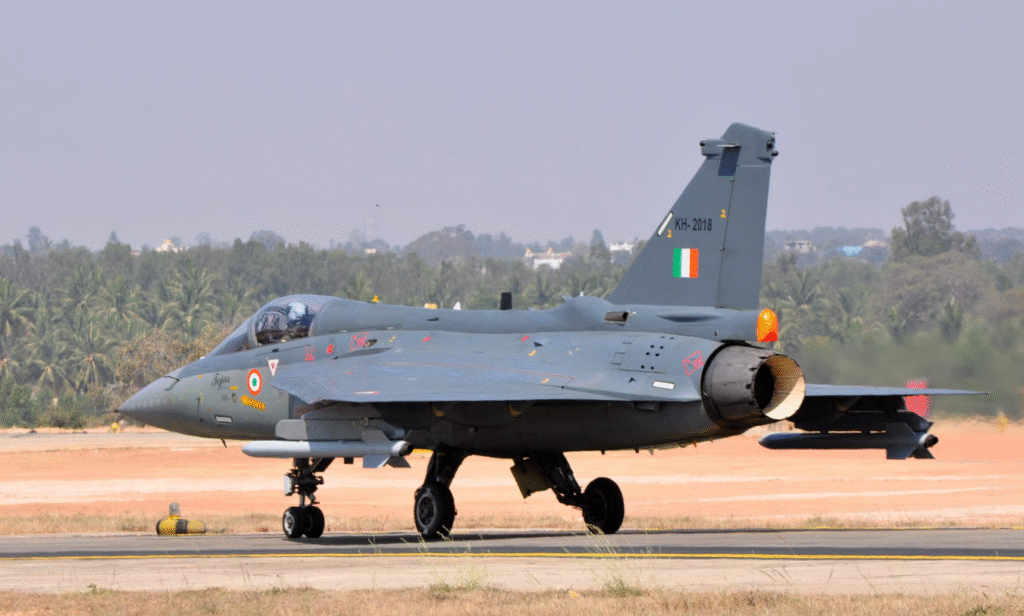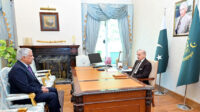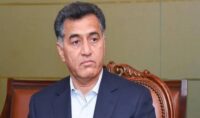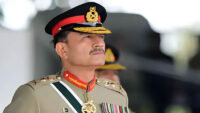By Major (R) Haroon Rasheed, Defense and Strategic Analyst, Member REC-ABAD.
India’s defense industry has often prided itself on “indigenization” and “self-reliance,” yet time and again its flagship projects betray the gaps between rhetoric and reality. The recent spectacle by Hindustan Aeronautics Limited (HAL) around the Tejas fighter aircraft has once again highlighted this uncomfortable truth.
HAL invited Indian parliamentarians with much fanfare to witness the “rollout” of eight Tejas aircraft—intended as a demonstration of progress, confidence, and national pride. Yet the reality on the ground told an entirely different story: only two of those aircraft actually had engines. The rest were airframes, shiny shells without the heart that made a fighter jet a fighter.
Sehwag backs Suryakumar Yadav as key to India’s Asia Cup success
Cheteshwar Pujara retires from all forms of Indian cricket
For more such Opinions & Blogs, click here.
To put it bluntly, HAL managed to host a function that turned into a national embarrassment. What was intended to be a display of technological prowess quickly became a reminder of India’s dependence on foreign suppliers, particularly the United States for engines. Washington’s delay in supplying engines for Tejas has left India exposed, and now, under the shadow of current sanctions and a shifting geopolitical environment, those supplies look even more uncertain.
This is not merely a matter of delay. For a country that aspires to challenge China, counter Pakistan, and project power across the Indo-Pacific, it is deeply problematic that its indigenous fighter program is crippled by such dependency. An aircraft without its engine is not a weapon of war—it is a hollow showpiece, and in the unforgiving arena of global defense competition, this exposes India to both laughter and criticism.
Rajnath Singh’s plane on way to Jammu faces mid-air snag, returns to Delhi
Trump nominates Sergio Gor to be next US ambassador to India
CBI raids Anil Ambani’s Mumbai home in Rs 3,073-crore loan fraud case
What adds to the irony is HAL’s insistence on celebrating half-completed achievements. Instead of candidly admitting the hurdles and recalibrating timelines, the organization seems more interested in optics than substance. This “rollout” was less about military progress and more about political theater—an attempt to pacify domestic stakeholders at the cost of credibility abroad.
For India, the Tejas program has been projected as a symbol of technological self-sufficiency. But the truth is that after decades of development, billions of dollars spent, and countless deadlines missed, the Tejas is still not the dependable backbone fighter India hoped it would be. And if sanctions further delay or halt the supply of engines, HAL may soon find itself with rows of parked Tejas shells—good for display but useless in combat.
India Post suspends US-bound parcels from August 25 after new American duty rules
Pakistan’s missile success against India pushes US to accelerate its missile program
Int’l Day for Remembrance of Slave Trade & its Abolition today
The lesson here is simple: defense capability cannot be built on inflated claims or political posturing. It requires genuine technological independence, careful planning, and, above all, honesty about one’s limitations. HAL’s latest performance was not just a misstep—it was a stage-managed comedy that ended in national disgrace.
India must ask itself: Does it want to continue producing spectacles for domestic applause, or will it confront reality and take the difficult road toward true self-reliance? Until then, the Tejas will remain less a symbol of pride and more a reminder of promises unfulfilled.
For more such Opinions & Blogs, click here.
ISPR’s Summer Internship 2025 concludes successfully
NDMA issues alert about heavy rainfall, potential flooding
Leaders of over 20 countries to attend SCO Tianjin Summit
DPM/FM Dar leaves for Bangladesh on official visit
Field Marshal visits Turbat to review security, development initiatives
Major (R) Haroon Rasheed is a defense and strategic analyst specializing in South Asian military dynamics, deterrence strategy, and defense modernization. He is a member of the Research and Evaluation Cell for Advancing Basic Amenities and Development (REC ABAD).
Stay tuned to Baaghi TV for more. Download our app for the latest news, updates & interesting content!






